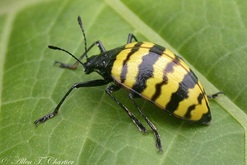Leucinodus Orbonales (Lepidoptera)
Host plants Solonaceae. Stem and fruit borer. No leaf damage. Brown maggots eat into stems and fruits. Moth with white wings with brown symmetrical parches/spots. Measured over forewings about 1 cm.
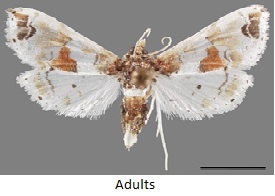
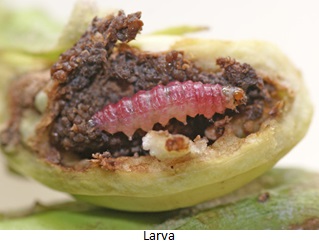
Leucinodus Orbonales (Lepidoptera)
Host plants Solonaceae. Stem and fruit borer. No leaf damage. Brown maggots eat into stems and fruits. Moth with white wings with brown symmetrical parches/spots. Measured over forewings about 1 cm.


Euzophera Perticelli (Lepidoptera)
Host plants Solonaceae. Stem borer. Brown-brownish moth type adult with white hind wings, wing span 2 to 2.5 cm. The larva reaches 25 mm in length and is a light green colour, head and frontpart are black. The pupa is 10 to 15 mm long. Maggots entre stems causing top drooping or total branch collapsing.
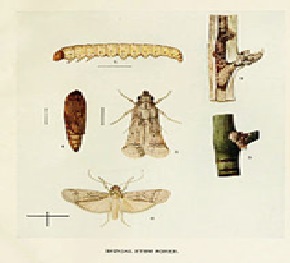
Orosius Brown Leaf Hoppers (Homoptera)
Orosius Brown Leaf hoppers (Homoptera) Lage number of host plants 2 – 3 mm multi brown insects, sucking sap of plants. Main cause for concern is transmission of pathogens, especially virus.
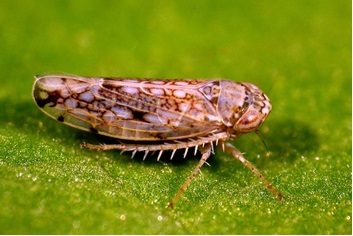
Epilachna Ladybird Beetle (Coleoptera)
Epilachna Ladybird beetle (Coleoptera)small dotted or striped beetles. Eats untidy large holes in leaves and scrapes of upper or lower layers in smaller and larger patches. The beetle is spotted, eggs 10-20 in batch are yellowish and standing 1 x 0.4mm. 6mm larvae with hairs black tipped.
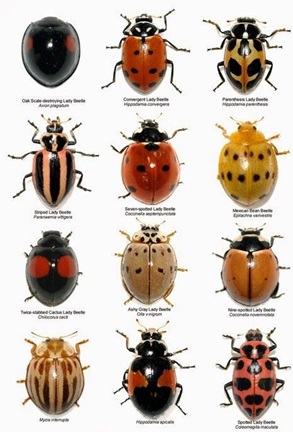
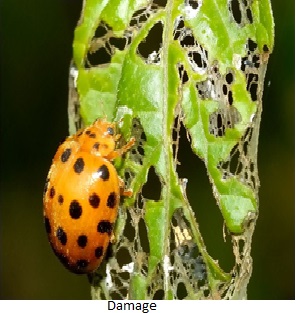
Flee Beetles (Alticini, Monolepta, others) Coleoptera
Very small white eggs are laid on or in soil cracks around the base of plants. The eggs hatch in about one week, small white larvae emerge and feed on plant roots for approximately 2-3 weeks. Pupae usually remain in the soil for 7-9 days until adults emerge. Black shiny adult beetles (1-2mm) chew small holes in leaves, giving them a sieve-like appearance. It is mainly a pest in young plants.
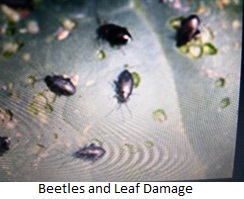
Aphids spp. Homoptera
Aphids are about 2 to 3 mm soft, light coloured insects. They give birth to live young that grow by changing skin 4 times. Many can be seen together feeding on soft parts of the plants, sucking fluid. This causes deformation and stunted growth. Secondarily, honey dew grows on the excrements of the aphids which attract ants. Presence of ant often indicates aphids. Aphids transmit virus.
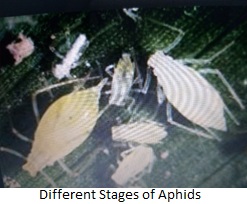
Myllocerus Ashweevil or Sri Lankan Weevil
Myllocerus Ashweevil or Sri Lankan Weevil green-greenish to grey-brown Adults are 6–8 mm in length, and whitish in color with unevenly distributed black markings and yellowish coloration on their rostrum and head.
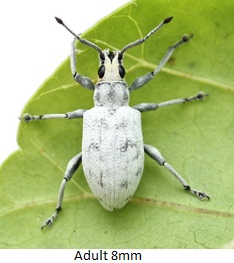
Western Flower Thrips (Frankliniela Occidentalis)
Adult is 1 – 2 mm, yellowish to brown in color and lives up to 30 days. Whole life cycle is about 20 days though at higher temperatures it reduces to two weeks. One stage of nymph develops in soil. Eggs are laid in the leaf, perforated by the female adult.
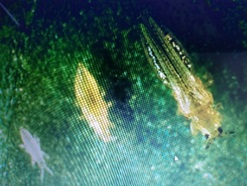
Spider Mite (two spotted) Tetranychusurticae
Adults are greenish-yellow, sometimes brown-orange. Size of adult is 0.5 mm. The adult female lives for 2 to 4 weeks, laying hundreds of eggs.
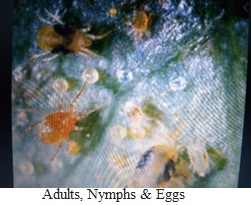
(Tomato) Hornworms(Manduca spp.) Lepidoptera, Nocturnal
The adult night moth has a wingspan of more than 10cm and has 4 or 5 orange/yellow spots on either side of the back. Single eggs are laid, 1mm diameter and yellow/green in color. Larvae may grow out to 10cm. In the last segment, they have a spine or horn protruding. The pupa is in leaf litter or in the soil and is 4 to 6 cm. Life cycle is 30 – 35 days at temperatures of about 25⁰C.
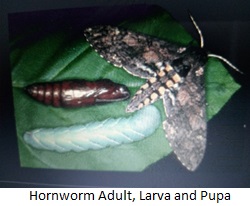
Lyriomyza Sativa Leafminers Diptera
The head, legs and sides of the body of the insect are yellow in colour. This varies per species. The size of the insect is about 2mm (with wings). Eggs are laid inside the leaf, top or underside of the leaf. Larvae develop at temperatures under 30⁰C (higher temperatures gives high mortality), grow out to 3mm and tunnel in the plant under the skin of leaves, stems and fruits. Pupae drop on the soil for development and change from clear yellowish/whitish to brown and are up to 2mm in size. Life cycle is upto 3 weeks.
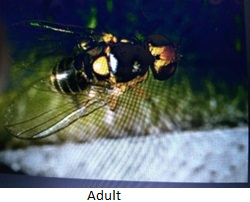
Gargaphia Solani Lace Bug (Hemiptera)
Leaf damage are parches of tiny spots on leaves, Underside leaf insects together. Body length 3 mm, Greenish brown to greyish brown.
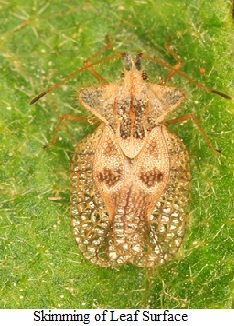
Beet Armyworm (Spodoptera exigua) Lepidoptera, Noctuideae
In Solonaceae. The insect lays clusters of 50 to 150 eggs per mass, usually on the lower surface of the leaf and often near blossoms and tip of the branch. Larvae vary in colour, getting darker towards maturity. They grow up to 3 cms in size. Adults are 25-30mm. Lifecycle is less than a month.
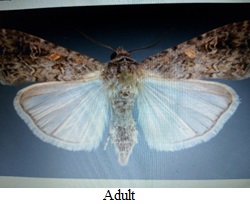
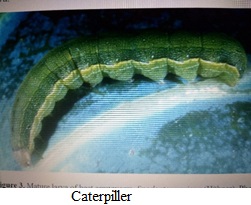
Amarasca Bigutella Jassids (Hemiptera)
The initial symptoms of leafhopper damage in all crops are yellowing of leaves, followed by crinkling around the margins and upward curling of leaves. The leaf tips and margins develop necrotic areas. At later stages, bronzing of entire leaves can be seen. This may or may not be associated with leaf fall. Severely affected plants have stunted growth 2.5 to 3 mm, green to brown.
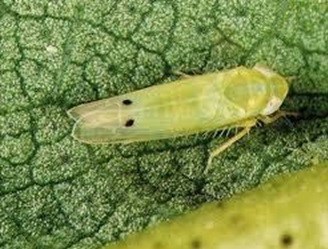
Cucumber Beetle (Coleoptera)
6 mm coulorfull striped or spotted beetles. Yellowing and wilting of leaves, holes in leaves. Fruits are damaged by deep marks.
Striped beetle is special on cucurbits, the spotted one also on other plants.
